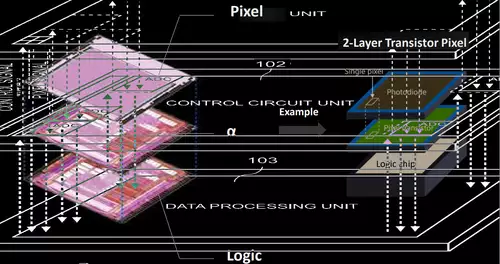Du erwartes dass die Tester dir BluRay liefern? ;) Im Video wird nicht umsonst nah herangezoomt, sondern gerade deswegen, um die Details dem Betrachter näher zu bringen. Die meisten haben YouTube und nicht das was schon am aussterben ist. Es gibt aber auch ein paar Vergleiche zwischen Sony A1 und UMP12K. Da wird wiederum behauptet, dass es an kamerainternen sharpness der Sony liegt usw. Ob das stimmt, das weiß ich nicht. Ich denke eher, es liegt daran, was auch cantsin oben bereits erwähnt hat.
Zur faktischen optischen Auflösung der URSA 12K gibt es übrigens einen Artikel der 8K Association, also dem Industriekonsortium, das den 8K-Standard entwickelt und zu dessen Mitglieder u.a. Panasonic, Samsung, Intel und IMAX gehören. Vielsagender Titel dieses Artikels:
"Zitate daraus:
"Achtel says that the number of sensors on the imager is one thing to measure, but the resolving capabilities of the camera is another thing. It is not intuitive to think that a sensor with 4,448 x 3,096 photosites (ARRI Alex LF) creates a sharper image than a sensor with 12,288 x 6,488 (Blackmagic Design URSA 12K) – but that is precisely what this team found. [...]
“Despite having only a 13.7 Megapixels sensor, the ARRI Alexa LF delivers nearly twice the amount of detail (121% horizontally and 160% vertically) than the 79.7 Megapixels BMD Ursa 12K,” explained Achtel. “If you have a sharper lens and if you focus precisely, as we did, the [BMD 12K] camera produces severe Moire patterns and aliasing, meaning: the input spatial frequency vastly exceeds the actual sampling frequency of the camera. The sharpness didn’t improve with the sharper lens. Only aliasing got worse. Most 4K Bayer sensor cameras comfortably out-resolve Ursa 12K and with fewer artifacts. We have not encountered any aliasing or Moiré on sample images taken with ARRI Alexa Mini LF,” concluded Achtel."
viewtopic.php?f=39&t=154569&p=1124109#p1123845



